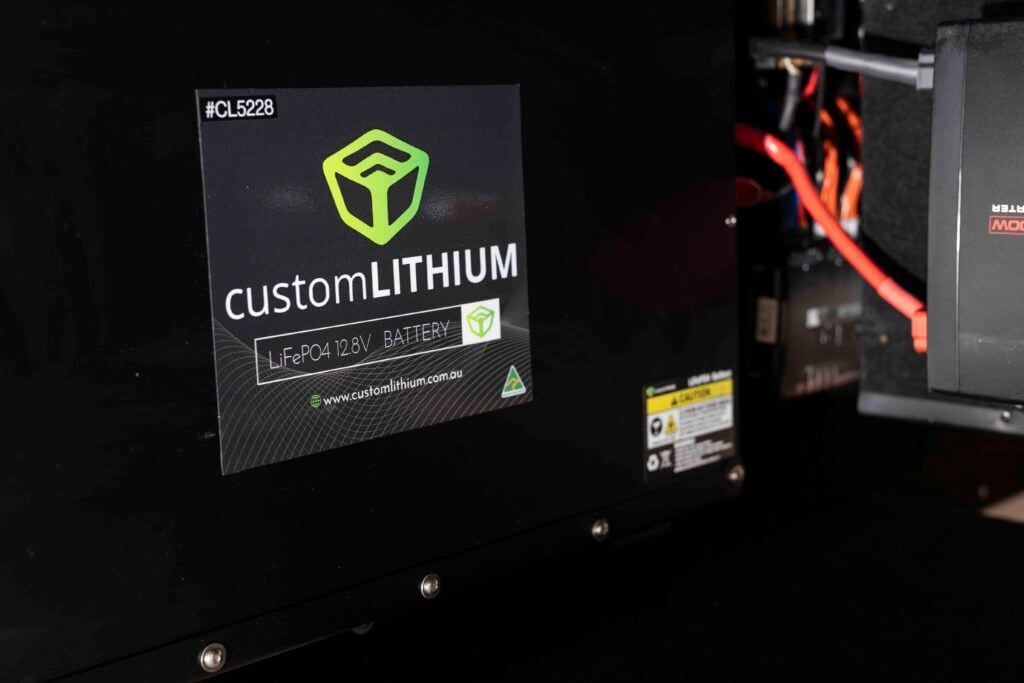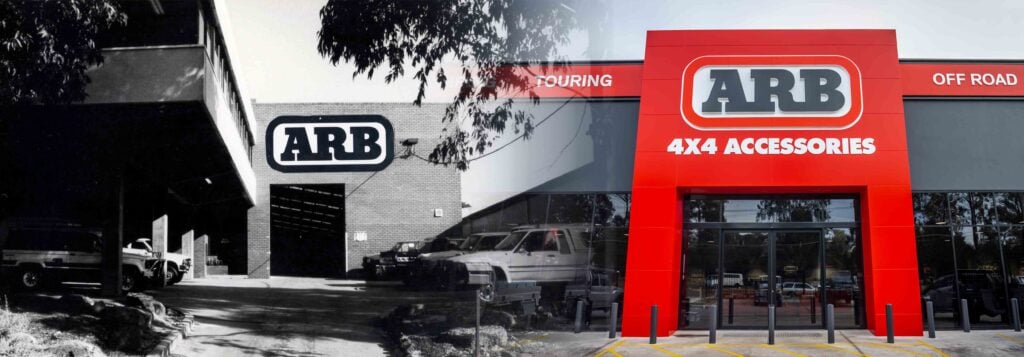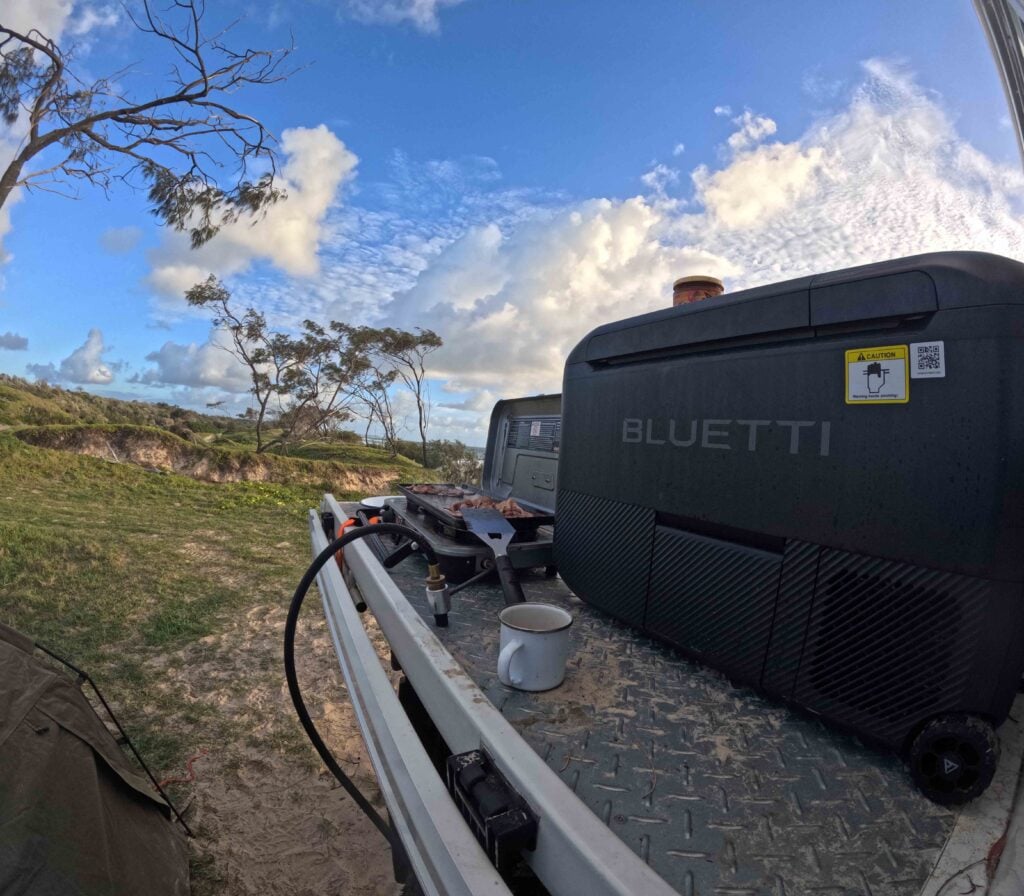So you’ve dished out for a nice new (off the showroom floor or second-hand) 4X4, and can’t quite grasp why on earth so many folk are then dolling out more readies for ‘lockers’?
This article was originally published in 4×4 Australia’s July 2012 issue
Before we get too far into this subject, let’s define what we mean by lockers. We are not talking about centre diff locks that are paramount and all-inclusive in all-wheel-drive-type 4X4s.
No, we’re going to talk about cross-axle diff locks that literally lock one side axle to the other, effectively giving your vehicle a solid driving axle from left to right hand side – kind of like welding up your diff centres, not that we advocate CIG lockers.
These cross-axle diff locks can be placed in the front and/or rear diff to provide superior drive capabilities. In fact, a locker (at least in our book) is the most effective aftermarket piece of equipment you can add to your 4X4 to improve its off-road driveability.
Sure tyres and suspension are high on the list of must-haves, but a locker will help you further down the gnarliest of tracks. That’s not to say that modest touring 4X4s can’t benefit from lockers. You really don’t have to go too far off-road or down a slippery boat ramp, or across a boggy hole to benefit from their assistance. Having used lockers of all types in many different 4X4s, we’d consider a diff lock near the top of any list of add-ons.
“Why don’t manufacturers fit lockers as standard fare?” we hear you ask. Well, some do.
Nissan, back in the GQ’s heyday, had a manual cable-operated locker, the GU has it in some O/S models, some of Toyota’s Cruisers have electro-mechanical lockers, and we now have Mitsubishi offering them on Tritons and Pajeros, plus Land Rover shoppers can tick the locker box when buying a Disco.
On the whole though, most (if not all) manufacturers opt for electronic traction control – which is a whole other topic. So too is how a diff works, so in this yarn we’ll figure you are up to speed on that topic. If you’re not, though, refer to our March 2012 issue.
Before choosing a locker, you need to decide whether you want to go for an automatic or a manual type – making the final decision even harder. In part one of this two-part feature, we’ll concentrate on the manual-locking variants.
Manual (or selectable) lockers need input from the nut behind the wheel – that’s you. If you get stuck and forget to turn the thing on – that’s your fault. If you turn it on too late down the track and get stuck or forget to turn it off when the surface gets too hard (or firm) and you damage your tyres or driveline – that’s your fault again. The driver needs to be able to read the track and the situation and know when to activate and deactivate the locker(s) to get the most out them – kind of like changing gears.
Compared to an automatic locker in which you just steer and peddle while the locking and unlocking is done for you. A few advantages of manual lockers: when they’re locked, they are well and truly locked with no chance of them accidentally unlocking themselves.
With some types, you get an air compressor as part of the deal that can also be used for tyre inflation and perhaps running air tools. When the locker is not in use, your diffs are essentially an open diff centre providing reliable on-road driving performance.
The downside (compared to the auto versions) is they tend to be more expensive to buy and fit, have more moving parts, can have external air or electronic lines damaged and, as we’ve pointed out, only work as well as the driver allows them to.
WHERE AND WHY WOULD YOU USE A LOCKER?
Pretty much any off-road driving situation will be made easier with the assistance of lockers. The driver will experience the most benefits of a diff lock on rutted, rocky and uneven ground; less so on sand, ice and super-slippery surfaces. Same goes for steep slopes (up and down) – a locked 4X4 will outdo an unlocked one every time. Driving situations that see a wheel lifted off the ground will render unlocked (open-diffed) 4X4s next to useless.
An LSD-equipped one will be a little better, but the locked 4X4 will astound all onlookers as to how great your 4X4 is, or even how good a driver you are. Being able to move slowly through obstacles without damaging your 4X4 is also a great consideration.
Doing away with the need for ‘hero’ run-ups and launching the 4X4 into damage-inducing landings will easily save the price of a locker. Lack of track damage is a biggie too; being able to crawl through ruts without spinning wheels helps maintain our 4X4 tracks, so buying a locker could be seen as being green. Who’d have thought it?
FRONT OR REAR?
As far as manually-operated lockers go, they tend to reduce steering effectiveness if fitted to the rear and render steering almost nonexistent if activated in the front diff, more so when you are powering on which tends to pull you straight ahead. So, using them in a straight line is the go most of the time and then flick them off to turn. If you’re only putting one locker in (either front or rear), think about how good your rear LSD is (remember they do wear out), the type of four-wheel driving you do, the type of 4X4 you have and how much suspension travel it has.
So there you have it. Check out the contenders on the market and get locked to experience how a 4X4 should operate. Be warned, though, once you’ve driven locked, there’s no going back.
ARB AIR LOCKER
As the name suggests, the ARB Air Locker is air (or pneumatically) actuated via an in-cabin switch. Once the air compressor has built up pressure within the system, the Air Locker activates a locking mechanism within the diff centre that prevents the diff gears (and therefore the axle shafts) from rotating independently. On and off switching is almost instant for (independently switched) front and rear locks.
The diff carrier casing is a single-piece, nodular (ductile) iron unit that offers high rigidity and incorporates twice the standard number of pinion gears when compared to most OE centres. The included air compressor can also be used for tyre inflation and air tools. Only one air compressor is needed for front and rear lockers. When unlocked, the diff centre acts as a regular open diff.
ARB also offers diff covers that are superior in strength (to OE covers) and that will not only help protect the diff centres and Air Locker mechanism, but also to reduce the diff casing flex, which in extreme situations can be a cause of misaligned gears and gear failure. Front and rear ARB Air Lockers are available for almost every 4X4 sold in Australia.
For more information, visit www.arb.com.au.
TJM PROLOCKER
The TJM ProLocker is an air-operated locker that forces air into the diff, via an on-board air compressor and air line, which engages a locking ring over one axle gear. This in turn locks the carrier and pinion gears forcing drive to be sent to left and right axles equally.
The ProLockers feature a hardened, single-piece cross shaft to provide a high-strength basis and incorporate a piston-style actuator to effect the engaging and disengaging sequence. Once you’re through the obstacle, a flick of the switch will return your diffs to standard by allowing the pressurised air to be released through an exhaust port in the solenoid valve. The locking ring that joins the axle pairs together via the internal gears is released by an actuator, which allows the diffs to differentiate, then it’s drive-time as normal.
Front and rear lockers are available for an increasing range of 4X4s, including Toyota 100/200 Series LandCruiser and FJ Cruiser, Nissan Patrol and D22 Navara, Jeep TJ/JK Wranglers and Land Rover Discovery II, plus having that air compressor allows for use with tyre inflation and air tools.
For more information, visit www.tjm.com.au.
ELOCKER
Harrop, in collaboration with Eaton Corporation developed the Harrop/Eaton ELocker differential, which is an electromagnetic diff lock. It’s operated via a dash-mounted switch, which then locks the diff centre via a positive mechanical lock.
When unlocked, it acts as an open diff for easy on-road driving. When locked, it’s almost instantly locked to mesh its precision-forged gears for total solid drive through the axle set.
When the switch is activated, electric current is supplied to an electromagnet, which creates torque on a drag plate. This in turn activates a ramping mechanism, which then engages the locking mechanisms into the diff’s side gears, resulting in the locked diff centre. Once deactivated via the in-cabin switch, a series of return springs force the diff into its open (unlocked) state.
Front and rear lockers are available for a number of vehicles (including Toyota, Nissan, Land Rover and Jeep), with additional models being constantly developed and introduced. Also, being a four-pinion design, the ELocker will provide superior strength over the OE diff centre.
For more information, visit www.harrop.com.au, call 1300-HARROP, or check out Harroptv on YouTube.
OX LOCKER
The Ox Locker originates from the USA, but there is one supplier in Australia. The Ox Locker is a cable-operated locker, whereby the user manually shifts a lever (or gearstick) in the cabin, which simply slots a locking mechanism into the diff gears to supply total and equal drive across the axle sets.
With regards to the shifting lever, there are now three options: the simple old manual shifter which still employs a cable in a sheath (just like your old pushbike gear-change set), an air-actuated system, or an electronic shifter – both of which would make locking and unlocking faster. Obviously, with the two latter versions, you’ll need to budget for an air compressor or wiring loom to complete the installation. Each locker comes complete with a heavy-duty steel diff cover to allow space for the locker and to protect the whole kit.
The locker gears are manufactured with 8620 steel, as are the ring and pinion gears. Being a US-derived unit, the Ox Lockers are only available for US-inspired 4X4s. Chrysler/Jeep owners can smile, as can a few Dodge, Ford and Mazda drivers.
For more info, visit www.ox-usa.com or www.ozadventure.com.au.
MCNAMARA LOCKERS
The McNamara locker is a thing of the past – but in name only. Jack McNamara sold the rights and designs to the new owners at TJM (see TJM ProLockers above) who have since increased the range of vehicles these lockers can be fitted to – to bring them to the masses, rather than just the Land Rover models they were originally designed for. (McNamara lockers will also fit Toyota HiLux, Hiace, 4Runner and Bundera models.)
While Jack’s original lockers operated via air compressor activation or a vacuum taken from the engine manifold in a petrol, or alternator vacuum in a diesel, all achieved the same outcome – a locked differential at the push of a button.





